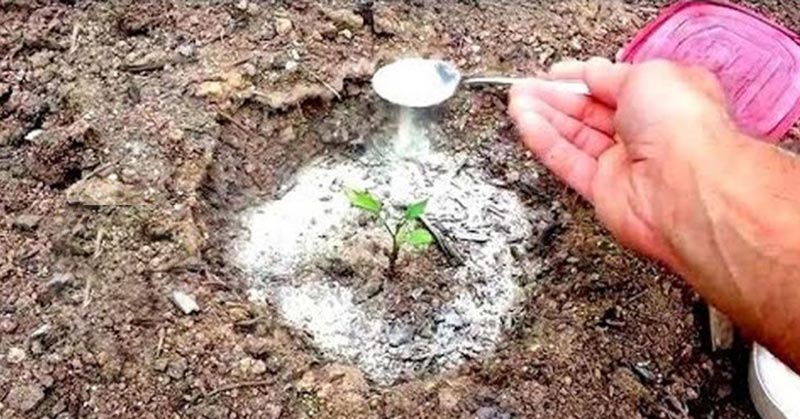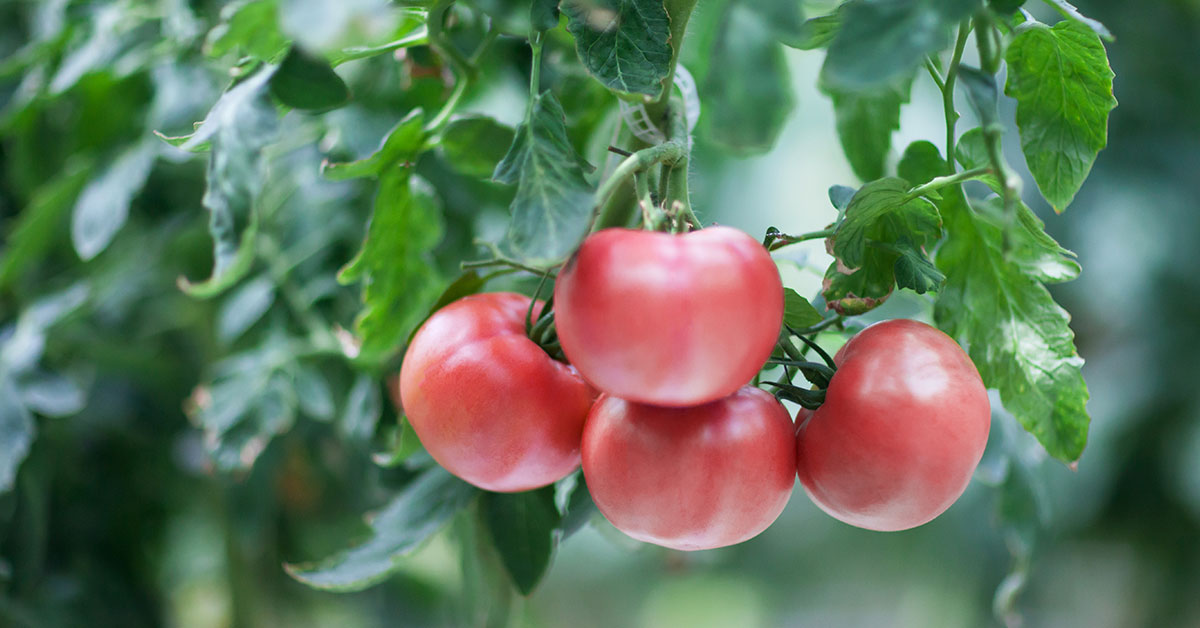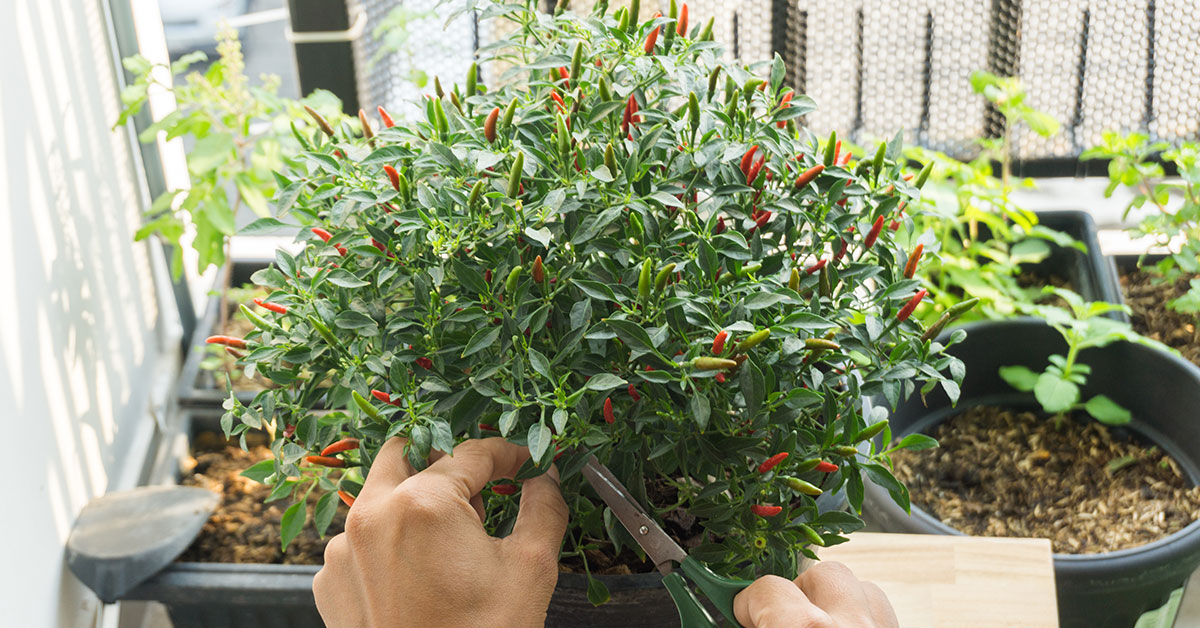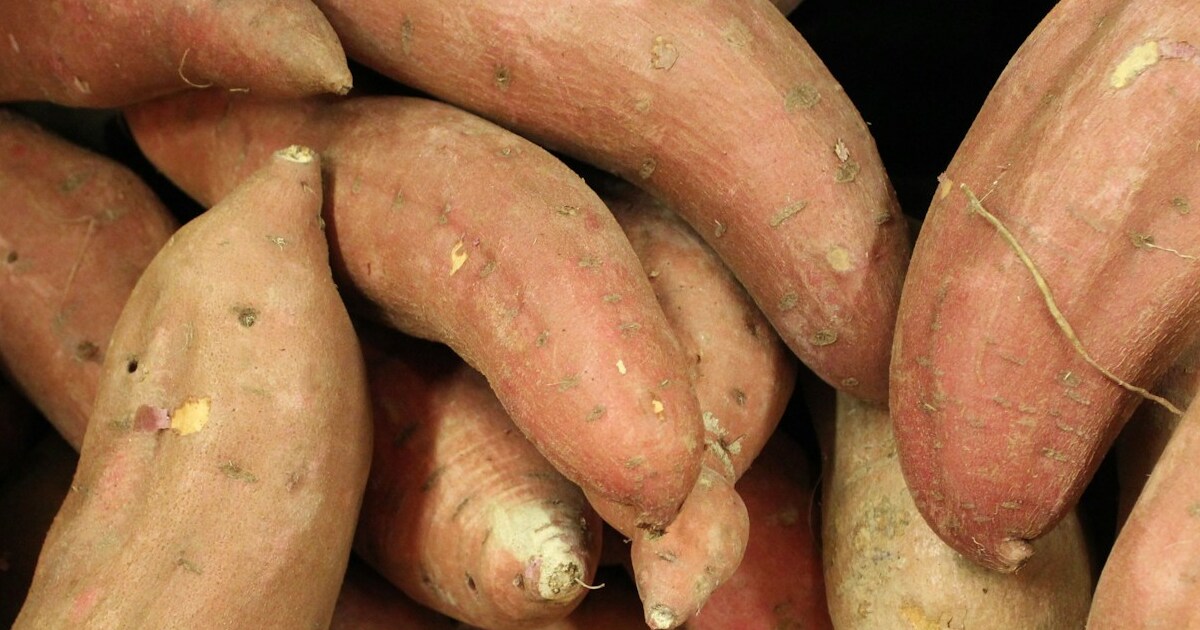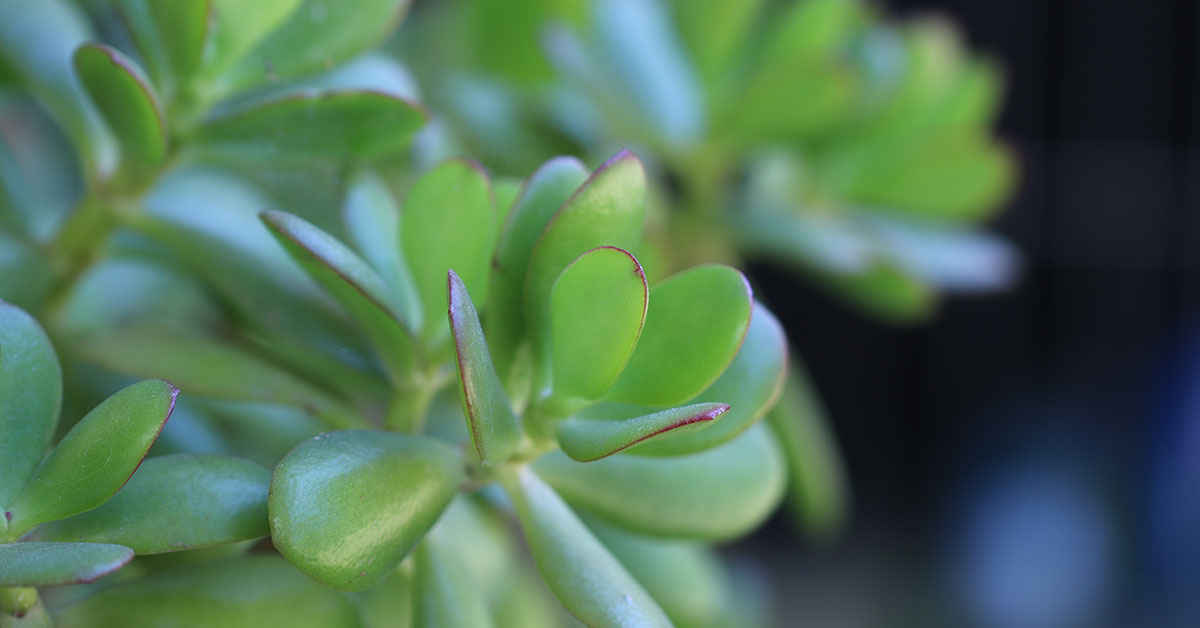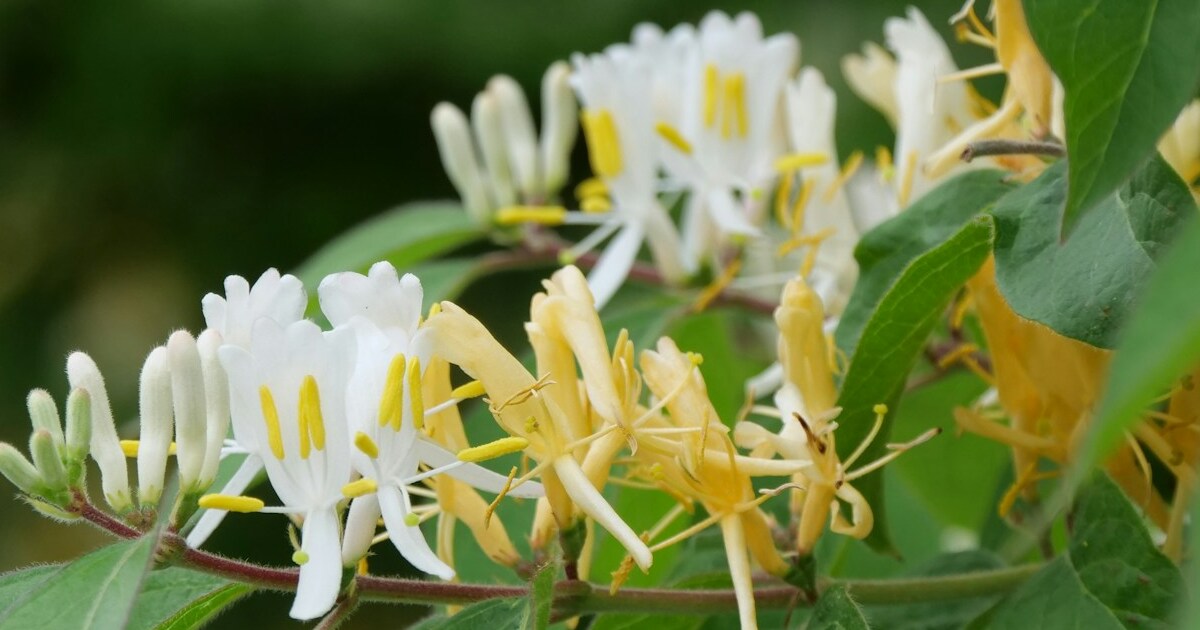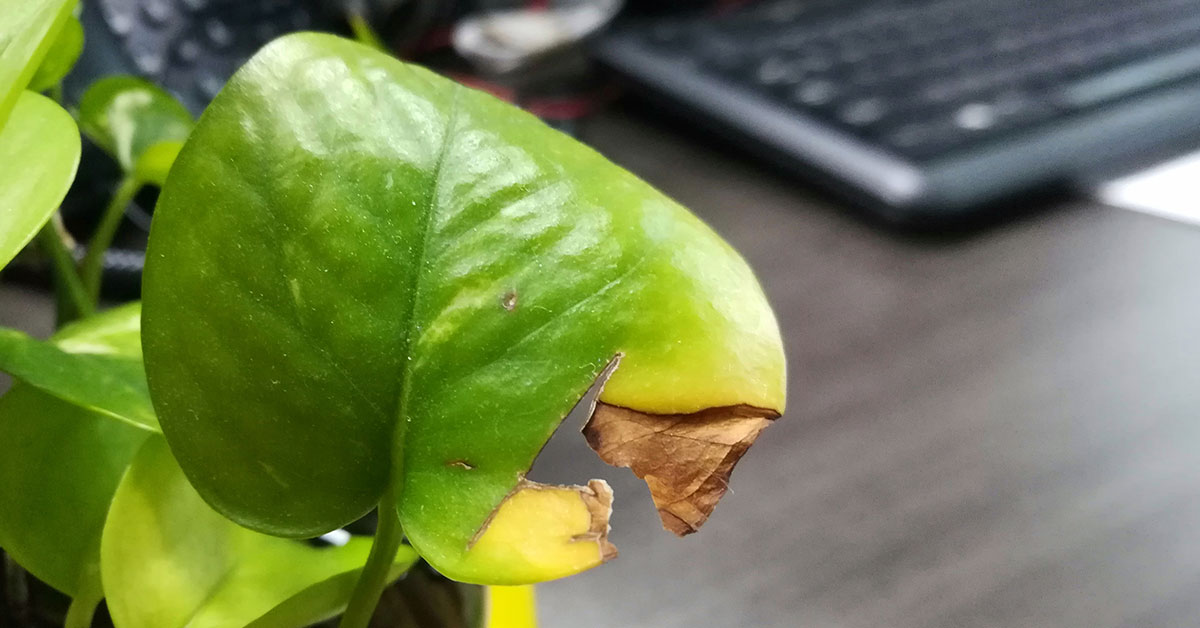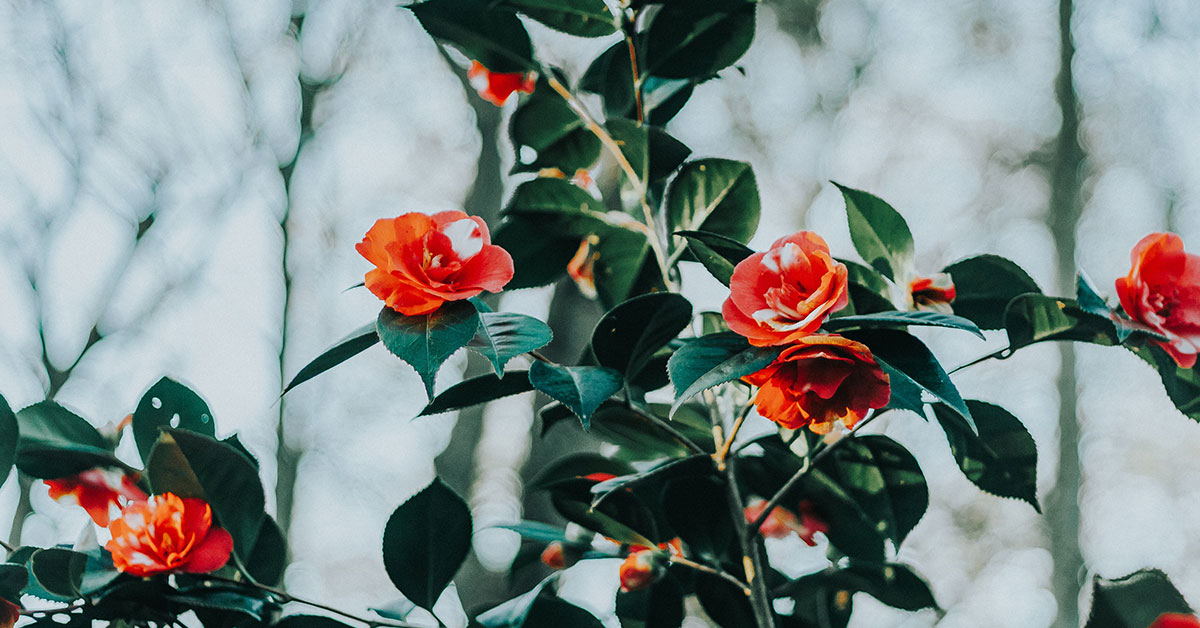I’m so excited to dive into the surprising ways a humble box of baking soda can be your secret weapon in the garden! Sodium bicarbonate isn’t just for baking cookies—it’s a gentle fungicide that helps control powdery mildew, a soil amendment that can nudge pH upward for certain acid-sensitive blooms, and even a slug-repellent barrier around tender foliage. Whether you’re battling leaf spots on vines or coaxing the perfect pink hue from your hydrangeas, baking soda can step in to lend a hand (or a sprinkle).
I know how discouraging it is when powdery mildew turns your squash into a ghostly patchwork, or when slugs dine on your hosta leaves overnight! That’s why I’m thrilled to share twelve of my favorite garden plants that practically glow when you treat them to a baking-soda boost. We’ll explore their native origins, note any invasiveness concerns, and even peek at how beneficial insects—like ladybugs nesting in rose canes or solitary bees burrowing near bean roots—play along. Let’s get into the nitty-gritty of baking-soda magic!
Peas
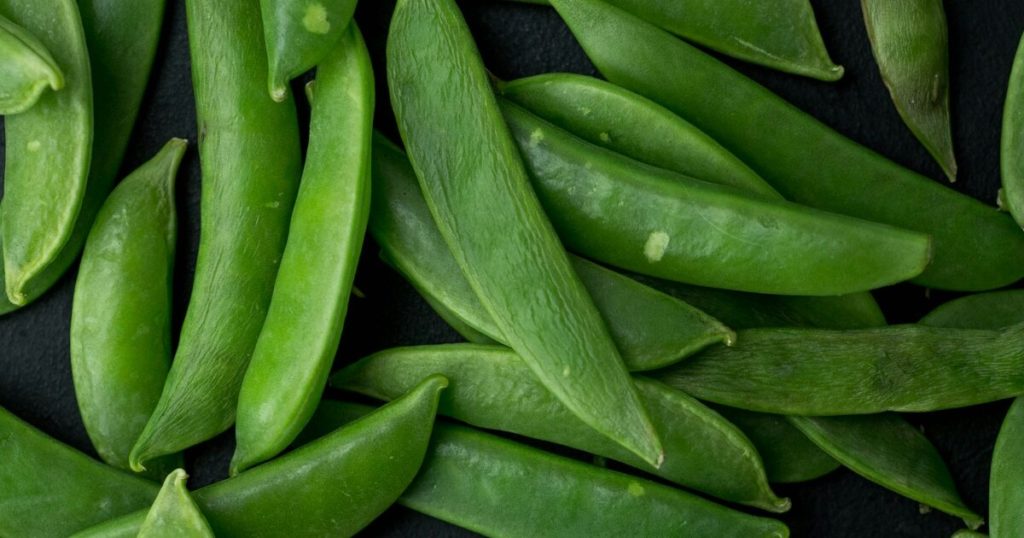
Peas (Pisum sativum), native to the Mediterranean and Near East, often succumb to powdery mildew in humid conditions. A light spray of baking soda mixed with water and a touch of horticultural oil can keep those pearly fungal patches at bay, ensuring lush, edible pods. Underneath the trellis, you might spot tiny mason bees excavating tunnels in sandy soil—nature’s own pollination squad!
Because garden peas rarely escape cultivation, you don’t have to worry about invasiveness. Treating your vines early—at the first sign of white dust—encourages vigorous growth and reduces the need for harsher chemicals. I love watching those bright green pods swell after a good baking-soda spray!
Roses

Roses (Rosa spp.), cultivated worldwide but originally from Asia, Europe, and North America, are notorious powdery-mildew magnets. A weekly foliar spray of baking soda solution disrupts the fungus’s spore germination, keeping petals pristine. Meanwhile, the nooks between pruned canes become cozy nesting sites for ladybugs and lacewings, which feast on aphids that might otherwise overrun your blooms.
Though some wild roses naturalize readily, most garden hybrids are well-behaved. Applying baking soda early in the season means fewer ugly spots and more opportunities for bees to gather nectar from your fragrant blossoms—don’t we all love a rose bush that looks and smells gorgeous!
Cucumbers
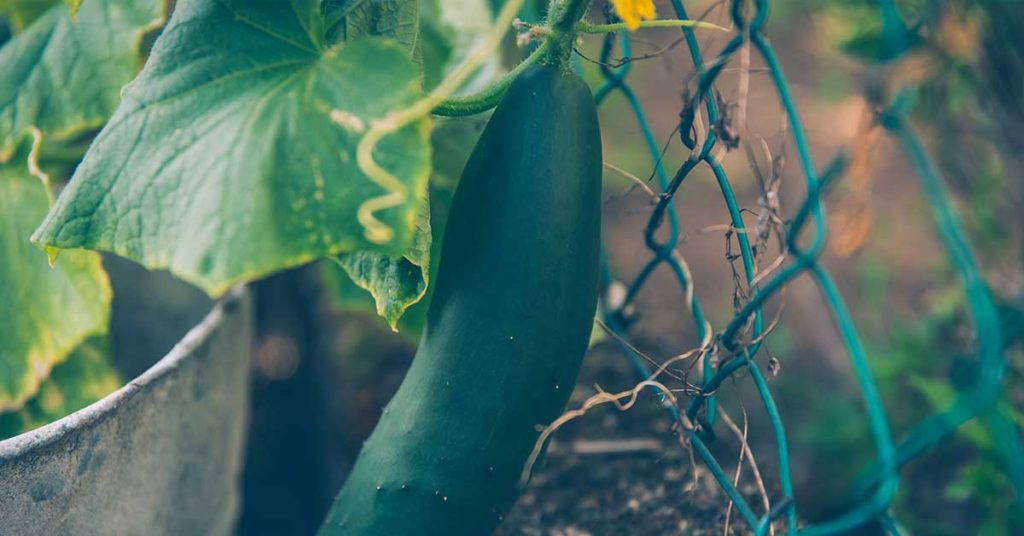
Cucumbers (Cucumis sativus), originally from India, thrive in warm, humid weather—but that also means powdery mildew can swoop in. A gentle baking-soda spray every 7–10 days helps maintain clean foliage, letting your cucumbers concentrate on producing those crisp, juicy fruits. Ground beetles often nest in the loose soil at the vine’s base, emerging to patrol for slugs and other unwanted diners.
Cucumber volunteers rarely become invasive, so you can apply baking soda liberally without worry. I’ve found that consistently treating the leaves not only preserves yield but also keeps the vines looking so fresh, you’d hardly know disease was lurking in the greenhouse next door!
Zucchini
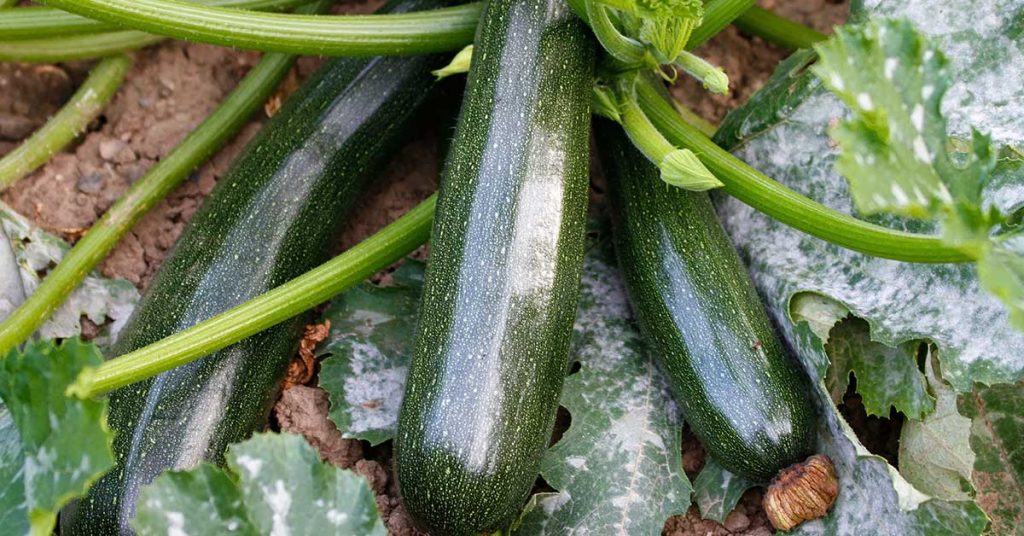
Zucchini (Cucurbita pepo), native to Mesoamerica, can fall victim to powdery mildew as soon as the canopy closes. A modest baking-soda regimen—about one teaspoon per quart of water—forms a thin barrier on leaves that resists fungal spores. Below the foliage, soldier beetles often tuck themselves into soil crevices, ready to spring out and munch on squash vine borers.
These summer squashes aren’t invasive, but they do sprawl, so regular baking-soda applications help keep sprawling leaves disease-free and vibrant. There’s nothing quite like harvesting a spotless zucchini straight from a mildew-free vine!
Grapevines
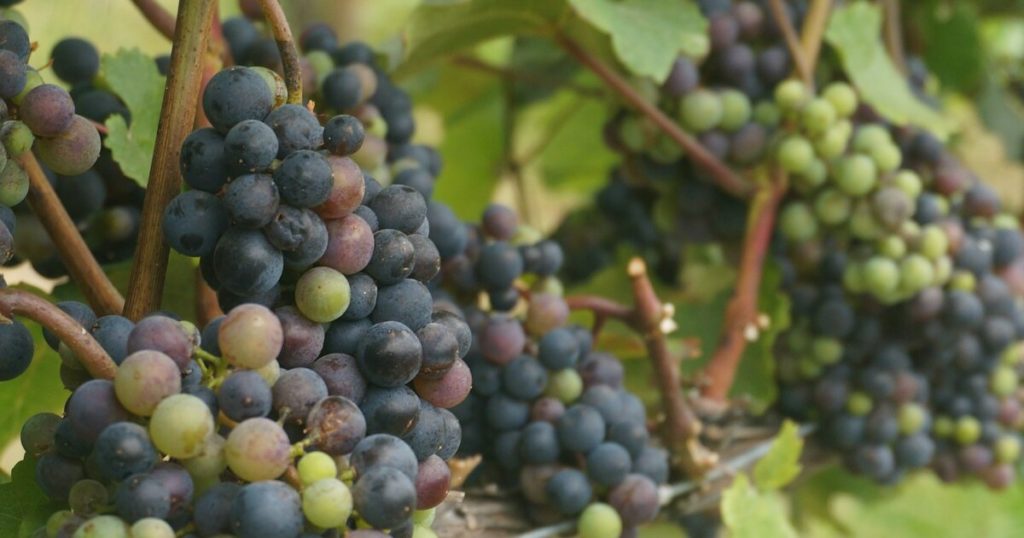
Grapevines (Vitis vinifera), introduced from the Mediterranean region, produce luscious clusters but often battle powdery mildew in warm, damp vineyards. Baking-soda sprays disrupt the fungus’s pH requirements, protecting tender new shoots and fruiting clusters. Beneath those vines, you might glimpse small solitary bees nesting in sheltered ground hollows—underscoring how critical fungal control is for pollinator activity.
Cultivated grapes rarely escape managed rows, so you can confidently treat each leaf. I know how heartbreaking it is to lose half your harvest to mildew—baking soda can make the difference between a sooty crop and a bounty of juicy grapes!
Pumpkins

Pumpkins (Cucurbita maxima and C. pepo), native to North America, lend themselves to fall displays—but powdery mildew can turn their leaves gray before Halloween. A baking-soda barrier spray helps maintain strong, green foliage that channels energy into those giant orange fruits. Meanwhile, paper wasps sometimes nest under the big leaves, providing natural pest control by preying on caterpillars.
Pumpkins aren’t invasive beyond their patch, so repeated baking-soda treatments keep vines vigorous into autumn. One of my favorite sights is a pumpkin patch free of mildew, with robust leaves supporting the next generation of baby pumpkins!
Tomatoes

Tomatoes (Solanum lycopersicum), originating in the Andes, occasionally develop powdery mildew in humid gardens. A light baking-soda spray, carefully applied to avoid the flowers, reduces fungal pressure and preserves healthy foliage for fruit ripening. Predatory mites often find refuge in the thick foliage, gliding between leaves to hunt tomato spider mites.
Volunteer tomatoes can sprout unexpectedly, but patchy baking-soda care on your main crop minimizes disease reservoirs. There’s nothing quite like tasting a sun-warmed, disease-free tomato in midsummer—pure garden joy!
Hydrangeas
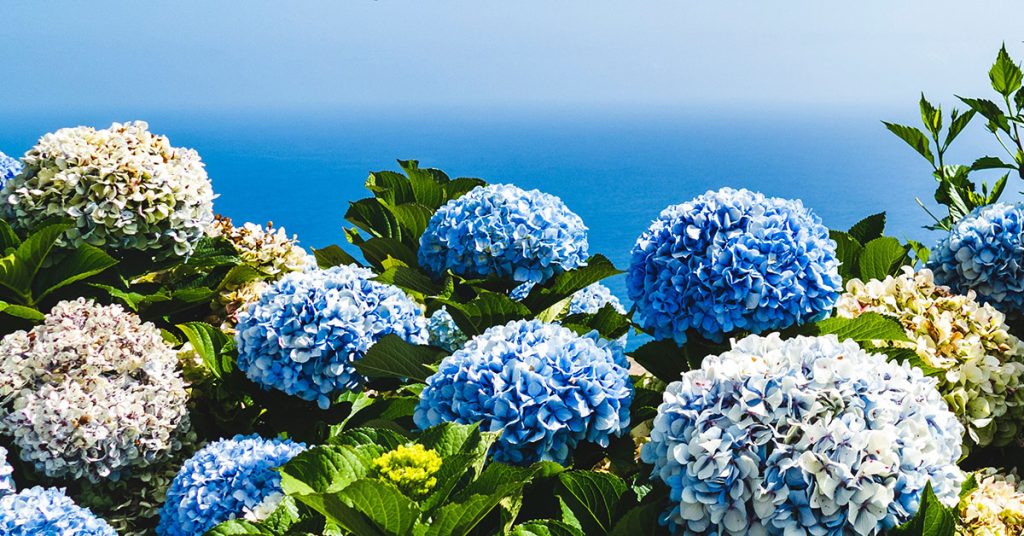
Hydrangeas (Hydrangea macrophylla), native to Japan and China, respond to soil pH tweaks—baking soda raises alkalinity, helping pink varieties intensify their rosy hues! A light baking-soda soil drench in spring can shift the balance away from blue tones. At the same time, hydrangea roots provide nesting pockets for earthworms, which aerate soil naturally.
Hydrangeas rarely become invasive in cooler climates, so you can experiment with pH adjustments worry-free. I love that simple sprinkle of baking soda can turn my blooms from “blush” to “bubblegum” pink—garden chemistry at its most delightful!
Hostas

Hostas (Hosta spp.), native to Northeast Asia, are slug magnets—but a ring of baking-soda around the base repels these slimy snackers, protecting those lush, shade-loving leaves. Beneath the mulch, springtails and predatory ground beetles nest in the damp soil, ready to patrol for tiny pests like slugs’ juvenile cousins.
Hostas can naturalize in woodland gardens, but barriers of baking-soda keep them contained and pest-free. It’s such a relief to walk past a hosta bed and see pristine foliage instead of ragged chew marks—baking soda to the rescue!
Strawberries
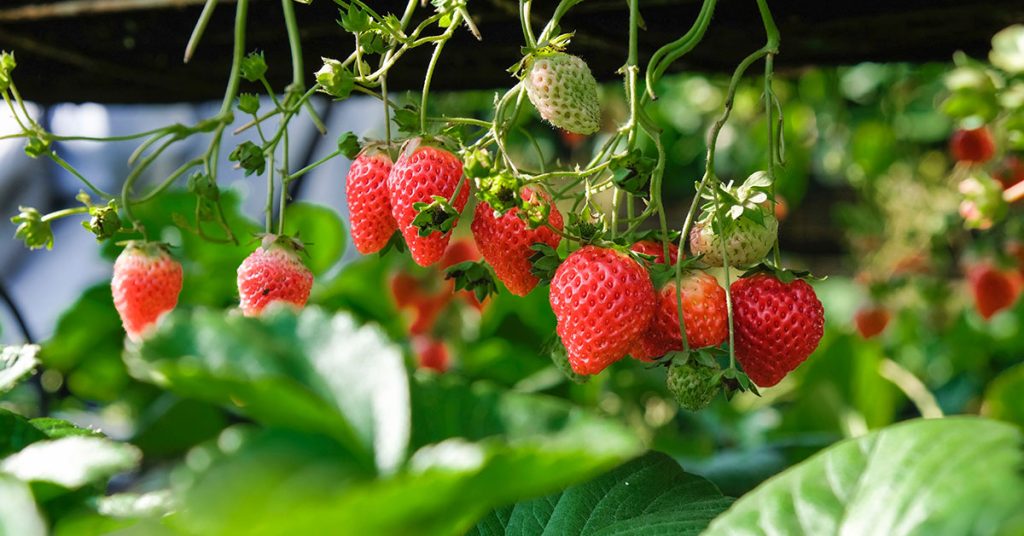
Strawberries (Fragaria × ananassa), bred from European and Chilean species, are susceptible to gray mold and powdery mildew in wet summers. A baking-soda foliar spray helps keep blossoms and emerging fruits clean, reducing cull rates at harvest. Under the low mats, solitary bees often nest in little soil cavities, pollinating the tiny white flowers.
Strawberries rarely spread aggressively, so timely baking-soda treatments around bloom time support both yield and quality. There’s nothing quite like a hit of fresh, clean berries at the peak of summer—such sweet rewards!
Beans
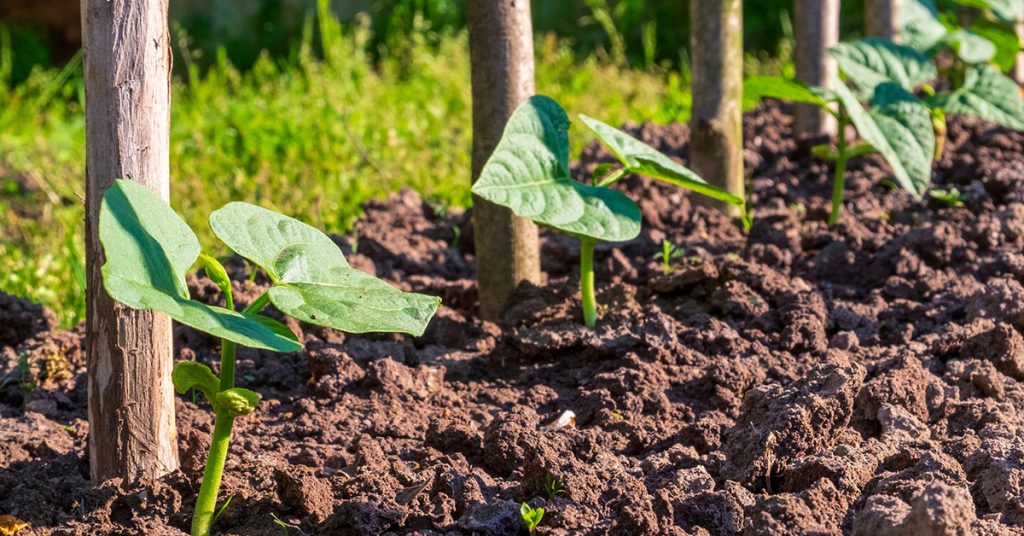
Beans (Phaseolus vulgaris), domesticated in Central America, can develop powdery mildew on leaves in cramped beds. A quick baking-soda spray—combined with wider row spacing—promotes healthier foliage and higher yields. Look closely and you may spot beneficial predatory wasps nesting in empty bean-pod stems, ready to hunt caterpillar invaders.
These annuals don’t naturalize beyond your plot, so regular baking-soda applications keep plants vigorous into late summer. I always feel triumphant when my pole beans shine with glossy green leaves instead of that dreaded dusty coating!
Blackberries

Blackberries (Rubus fruticosus), native to Europe and Asia, often suffer from cane and leaf spot fungi. A baking-soda spray in early spring, before buds break, helps reduce spore loads and protects emerging foliage. Beneath thorny canes, bumblebee queens sometimes nest in stumps, emerging to fertilize blooms and set fruit.
While wild blackberries can spread aggressively, cultivated varieties stay better behaved—especially when pruned properly and treated with baking soda. I so appreciate a blackberry patch that’s free from unsightly spots, ready to burst with sweet berries at first blush of summer!


